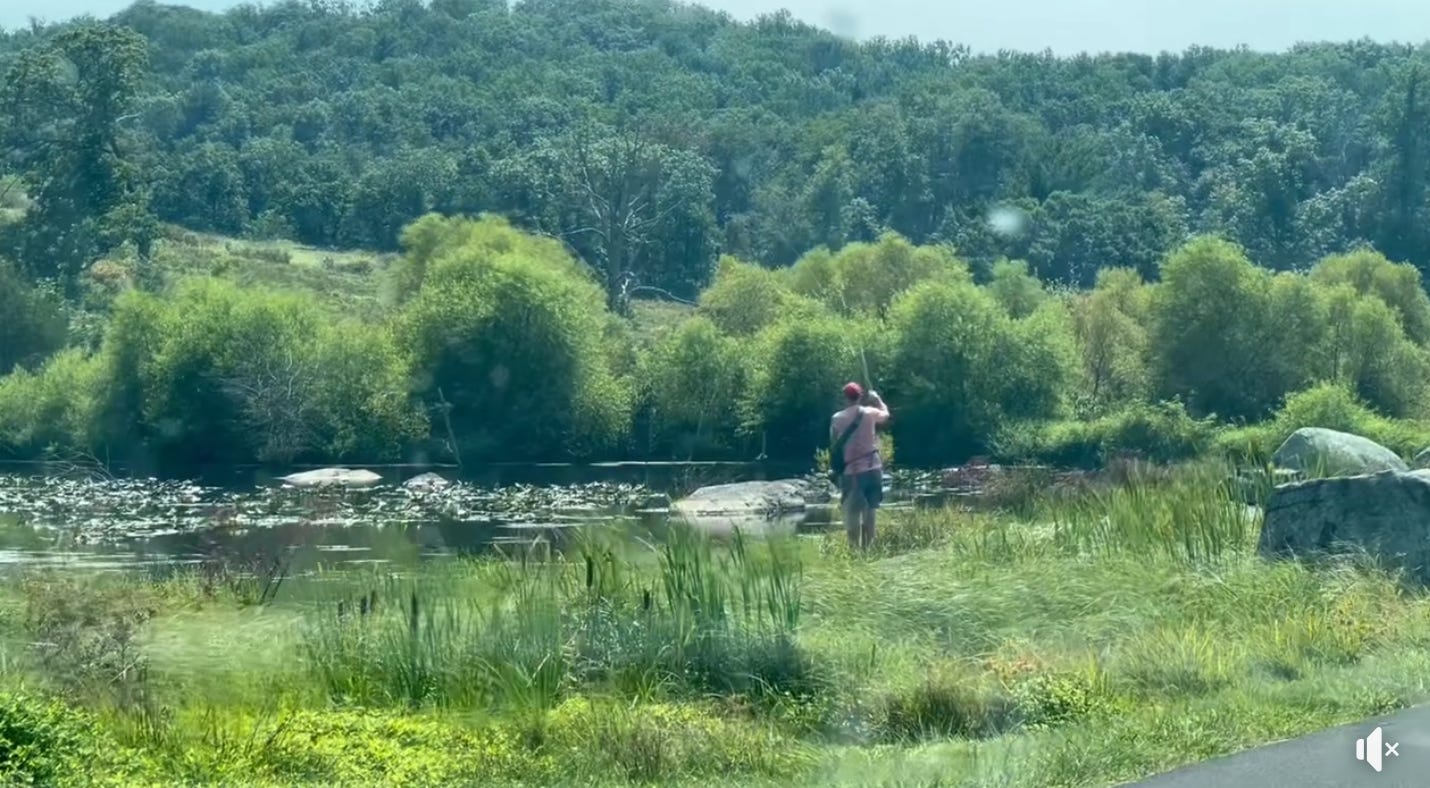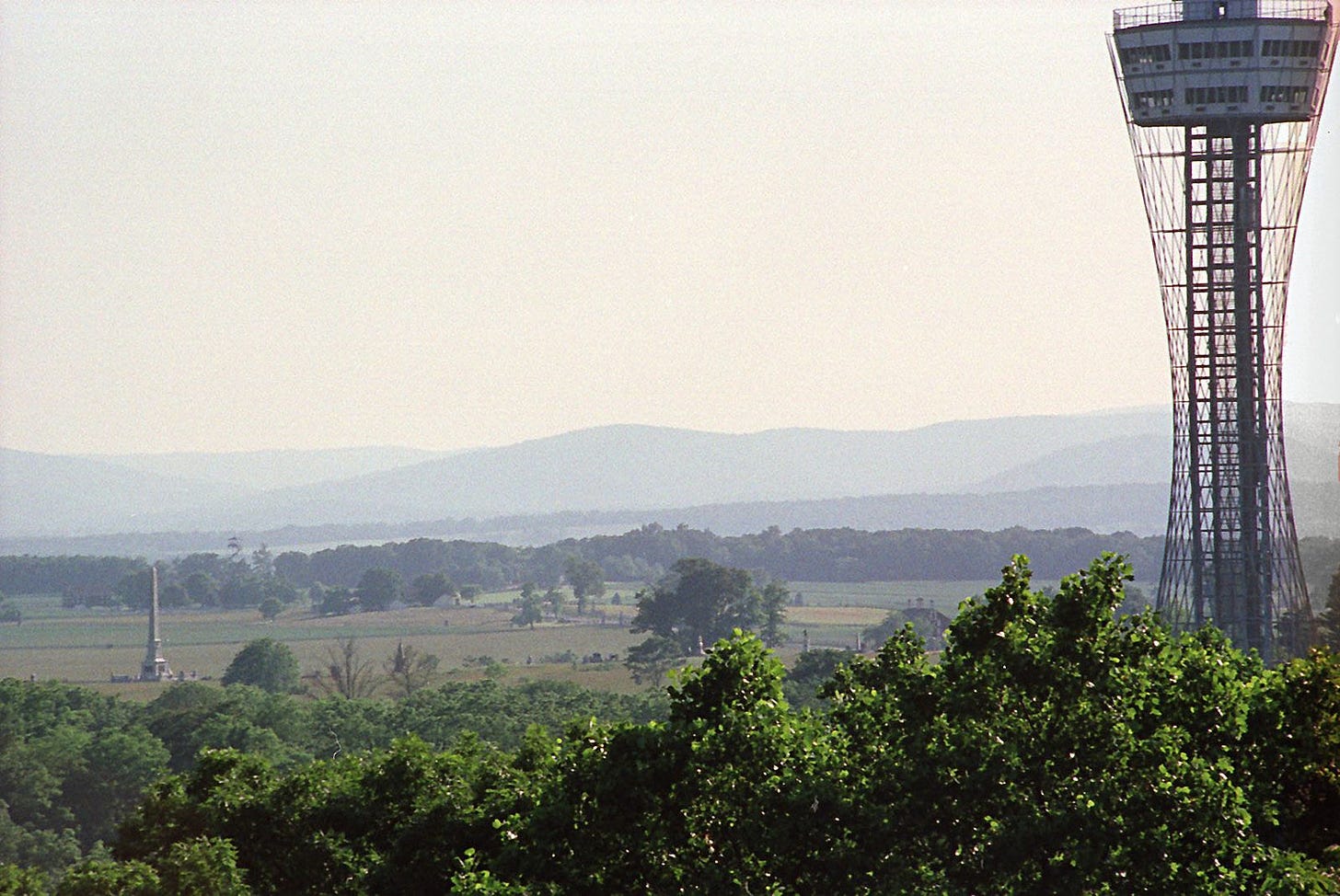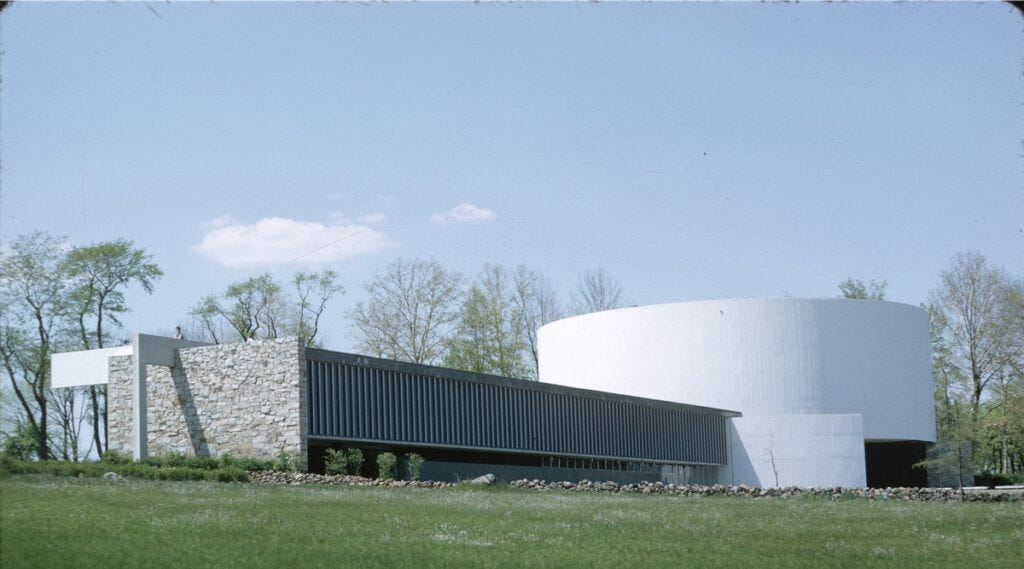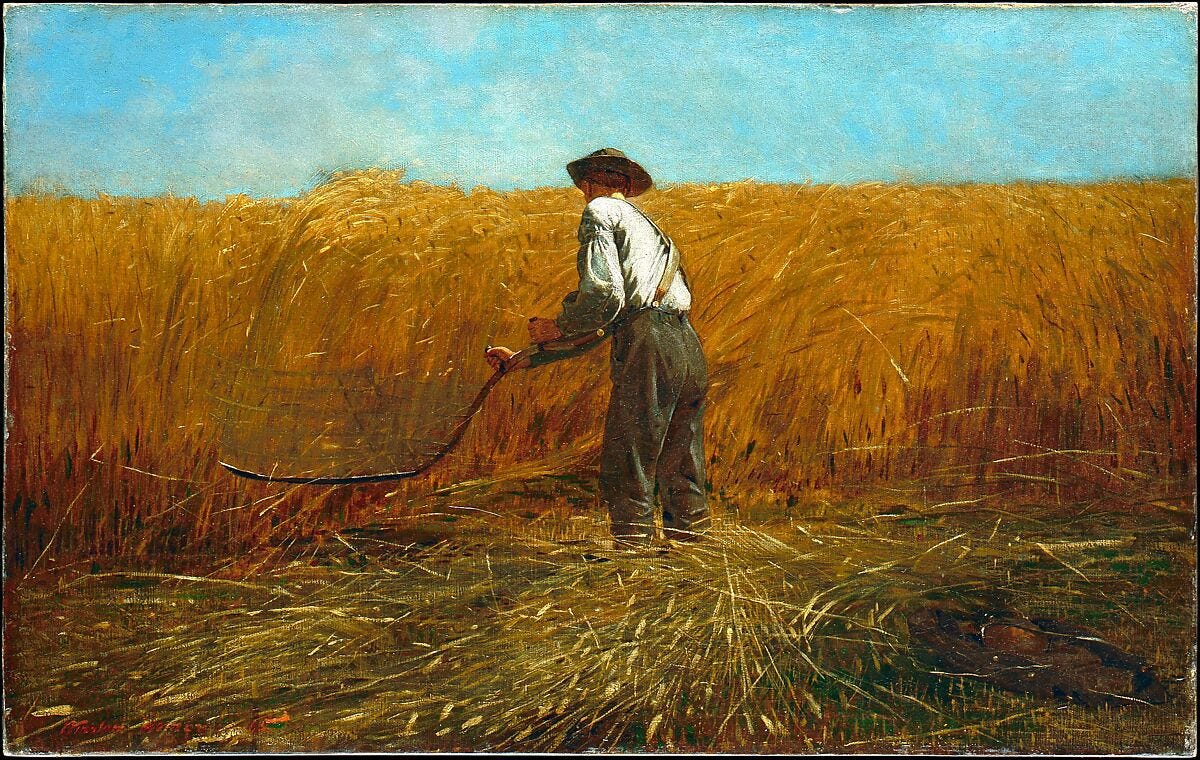The battle of Gettysburg occupies a special place in our nation’s collective memory of the Civil War. It is still considered by many to be the turning point of the war and Gettysburg is likely the one Civil War site that most people will visit at some point. For that reason alone there is an interest in protecting its natural landscape.
But what exactly does that mean? You might point to the recent restoration work on Little Round Top. If you know your park history you might even recall the removal of the visitor center on Cemetery Ridge or the observation tower that stood in Colt Park at Johns Avenue from 1974 to 2000.
Of course, Gettysburg is also a historic landscape and many Gettysburg aficionados believe that the historic integrity of the battlefield must be protected at all costs. This entails returning and maintaining the landscape as close to its appearance at the time of the battle as possible. [Certainly the removal of the visitor center was part of this attempt as well.]
As a historian, I certainly understand this. A wartime perspective enhances primary source accounts of the battle. Walking various sections of the battlefield reinforces the challenges of command at every level and the experiences of the men who experienced the battle.
It’s worth pointing out that for many students of the battle it was William Frassanito’s wonderful studies of Civil War photographs that captured their interest in Gettysburg. Frassanito painstakingly sought out the very sites where the dead were photographed, in the days following the battle, often by identifying individual rocks and rock formations that you can still see today.
Debates persist over the location of iconic photographs such as the “Harvest of Death” that involve attempting to align wartime features with the current landscape.
But what happens when concerns about the integrity of the historic landscape come into conflict with changes to the natural landscape? A couple of years ago beavers began building a dam along a small stream that runs along the base of Little Round Top in an area known as the “Valley of Death.”
As you can see below, their handy work has resulted in the creation of a small pond.
A couple things about this short video have garnered attention on social media. First, the pond itself, which can easily be seen by car along Crawford Avenue and especially from Little Round Top. I certainly noticed it during my visit last month.
It’s impossible to ignore and I suspect that for many informed visitors it is a distraction from appreciating the wartime landscape, but I can also easily imagine plenty of people wondering how soldiers forded this water obstacle.
Hopefully, no one leaves the battlefield thinking that ‘but for that pond, Lee’s assault might have been successful on July 2.’ LOL
Like many others, I have certainly appreciated the park’s attempt in recent years to return the battlefield to its wartime appearance through controlled brush fires, etc., but it seems to me that this must be balanced with the fact that wildlife has a right to this space as well.
I prefer to view the historic landscape of Gettysburg as an act of imagination rather than something that can actually be achieved. The battlefield landscape is constantly in a state of change. The soldiers themselves are part of this story as were the tourists who soon followed, the army’s use of the field during WWI, and the inevitable commercial development.
What I suspect is really troubling folks in this video is the fly fisherman. I’ve read a few comments suggesting that his fishing disrespects the memory of the men who fought and died at Gettysburg. That’s ridiculous.
For some reason, the first thing I thought of when I saw this video is Winslow Homer’s painting “The Veteran in a New Field.”
I guess I appreciate the contrast between the bloody fighting that once took place at this spot and the peaceful act of casting into the pond.
For many, however, this man is a distraction from the act of imagination that many of us fall into when we drive and walk the battlefield. We are no longer imagining Confederate Gen. Lafayette McLaw’s attack late in the afternoon on July 2, 1863 and the brave defense of the Pennsylvania Reserves.
Ultimately, I don’t see much of a difference between fishing, picnicking, and even spending the night on the battlefield dressed as a Confederate soldier.
What do you think?









As much as I want to see the battlefield as intact and immaculate as possible, this doesn’t bother me too much. I go to battlefields to understand the battle. Others go because it is a place of recreation. I went to Henry House Hill on the Bull Run battlefield one evening in 2021 to get some “golden hour” photographs. There were all manner of people there enjoying the site as a public park, not as battlefield tourists. I thought it was perfectly fine. I think the men who fought there would want us to remember them and their battles, but to also enjoy the life that some of them forfeited on those grounds. Also, some of these people will get a brush with history that could turn them into the next students of the war.
I don't know. When I fish, I generally prepare for my trip by making sure there are fish in the body of water I am visiting. Maybe that's just me.
The fisherman is a comic distraction from the underlying issue, which in my years with the NPS we confronted every day. When the values that guide management of natural resources and cultural resources collide, how do we resolve such things? Usually there is some happy middle ground...but in this case, there is either a pond or no pond in the middle of this highly visible and valued cultural landscape.
During my career, I summoned the NPS management policies on this question probably 100 times. They appear in the Director's Order 28, for managing cultural resources. Pretty straightforward:
"Planners should work with natural resource management specialists to ensure that natural resources are protected consistent with cultural resource objectives."
In this case, that's obviously not happening. I am not surprised. The NPS has long seen itself as a "nature" organization. It is--and at its founding was ONLY that. But there are now as many or more cultural parks than natural parks. During the Latschar/Fitzgerold/Hartwig years, Gettysburg was wildly successful (in part due to immense public support and excellent outreach) at managing and balancing natural and cultural resource values, with the battlefield and the public benefitting immensely as a result. But, clearly, the pendulum has tilted the other direction. If the park itself wanted to dam up Plum Run to make a lake, of course it would never happen. But beavers? Okay. There are ways to deal with beavers and their ponds--pond levelers, which we had good success with at Chancellorsville years ago.
But, I suspect that the beavers now have quite a constituency of their own, and dealing with this issue in a public space will be far more difficult now than it would have been when the beavers first started building.....